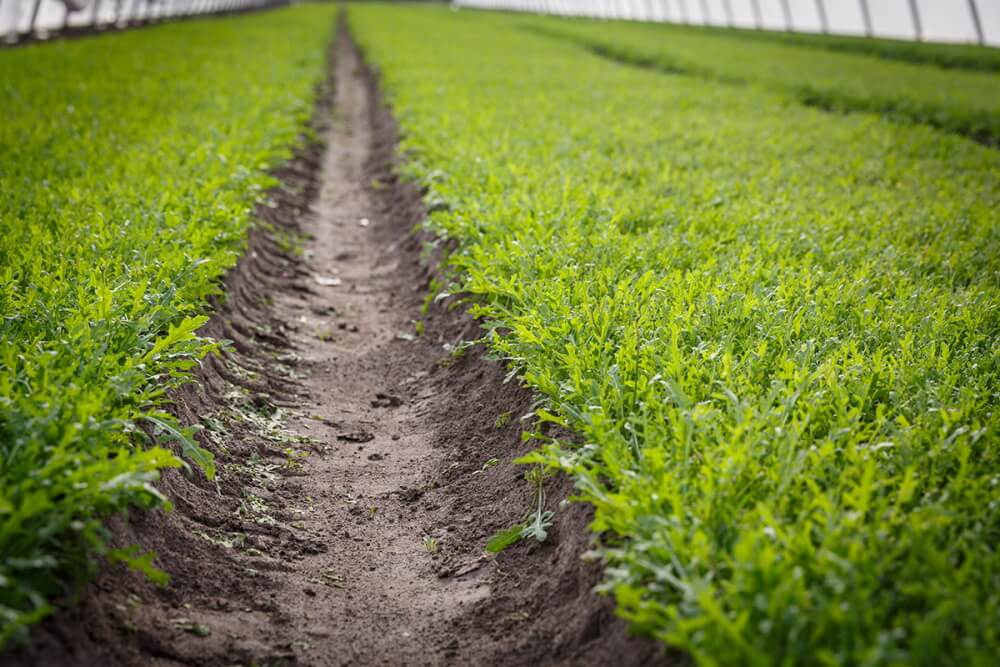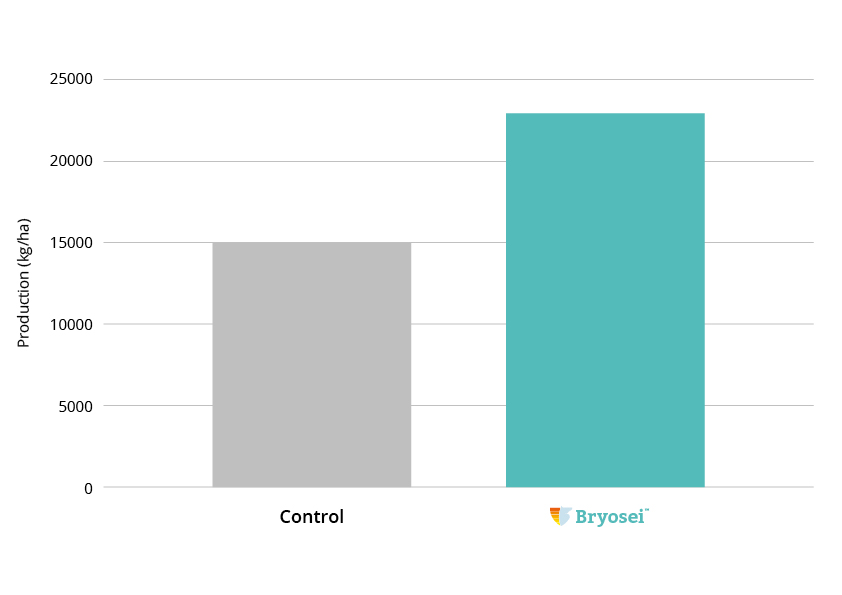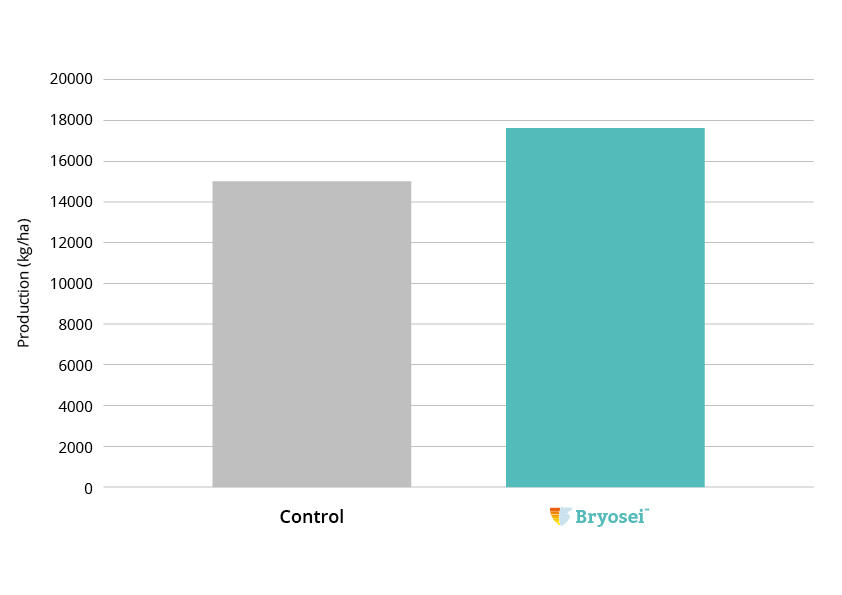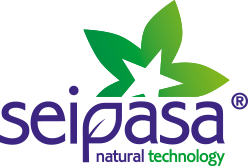Leafy vegetables: wound healing and yield improvement

Arugula cultivation
From harvest to table. That’s how fast production cycles are in leafy vegetables. Although there are differences depending on the crop and variety, we are talking about processes in which there is hardly any time margin between harvesting the leaves or shoots and selling them on the market. In large horticultural production areas, such as Murcia and Almeria in Spain, a hefty part of this production is usually concentrated in the autumn and winter months.
After that first cutting session -provided that the appropriate measures in terms of height and intensity have been applied- the plant regenerates and prepares for a second cutting that may take place a few days or weeks later.
Accordingly, we face very fast cycles between sprouting, cutting, regeneration and the next cutting. At the centre of it all is the plant, which suffers the stress of harvesting and any wounds that may have occurred, regardless of whether the harvest is mechanized or manual.
In the case of spinach leaves for the processed market, we refer to cycles that last between a month and a month and a half from planting. After a first harvest, the leaves grow back to give rise to a second cutting.
If we take the example of arugula (rocket), the cycles are even shorter. This, coupled with the plant’s excellent ability to resprout, leaves room for several cuttings to be made before the crop is discarded.
In these kinds of horticultural crops, we highly recommend applying treatments that not only help the crop to recover the tissues damaged by the harvest cut, but that are also able to provide the energy the plant needs to confront the next cycle.
Boosting vegetative development
Bryosei is a biostimulant designed by Seipasa to boost vegetative development and regenerate plant tissues. Applied at the sprouting stage, Bryosei facilitates faster sap flow within the vascular bundles and promotes leaf and stem growth.
Bryosei will help us to disinfect and seal the wounds caused after pruning or harvesting. It is a product that activates the plant’s defensive system and corrects copper, manganese and zinc deficiencies thanks to its structure in the form of a nutrient-enriched organic polymer complex.
Its action, therefore, helps improve the development of the plant and its productive yield. This is shown in Graph 1, which displays the results of a trial conducted on arugula. The findings reveal a yield increase of almost 53% over the control in the second harvest. In this case, two applications of Bryosei were made after the first cutting.

Graph 1. Production of arugula (kg/ha) after the first cutting.
Graph 2 evaluates the same parameter, with conclusions very similar to the previous one. In this case, the increase in production was over 17% compared to the control

Graphic 2. Arugula production (kg/ha) after the first cutting.
A healthier and better nourished plant is better suited to facing its vegetative development in optimal conditions, and this is precisely what Bryosei brings us in this specific example of leafy vegetables.
Thanks to the sealing action of the product on the cut wounds, the plant does not need to spend part of its energy on healing and can devote itself entirely to generating the necessary processes to continue its vegetative development.
The result can be seen in the increase in productive yields (kg/ha) achieved by the plant in subsequent productive cycles, which, in the case of the trials analysed, is between 17 and 53%.

